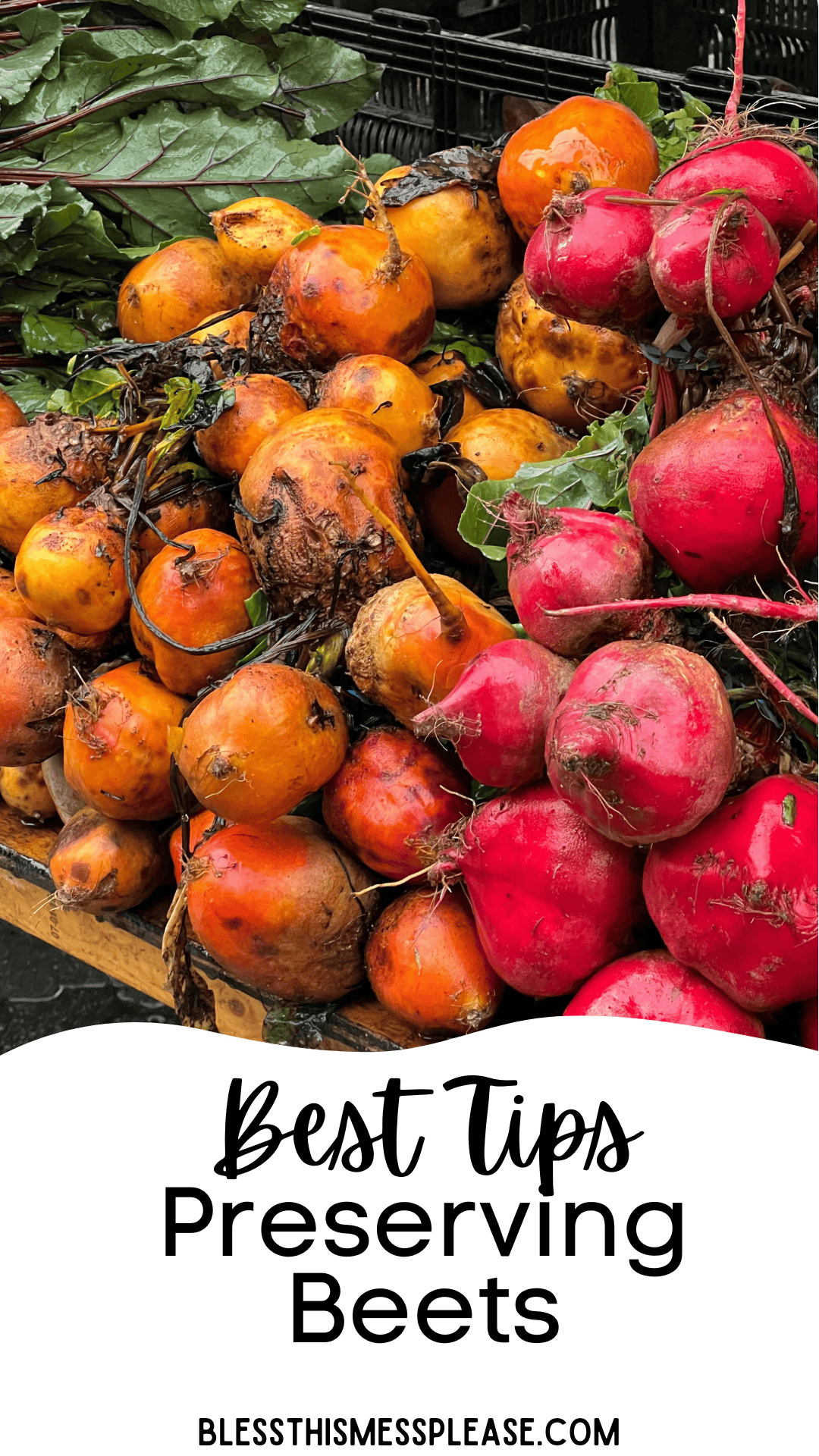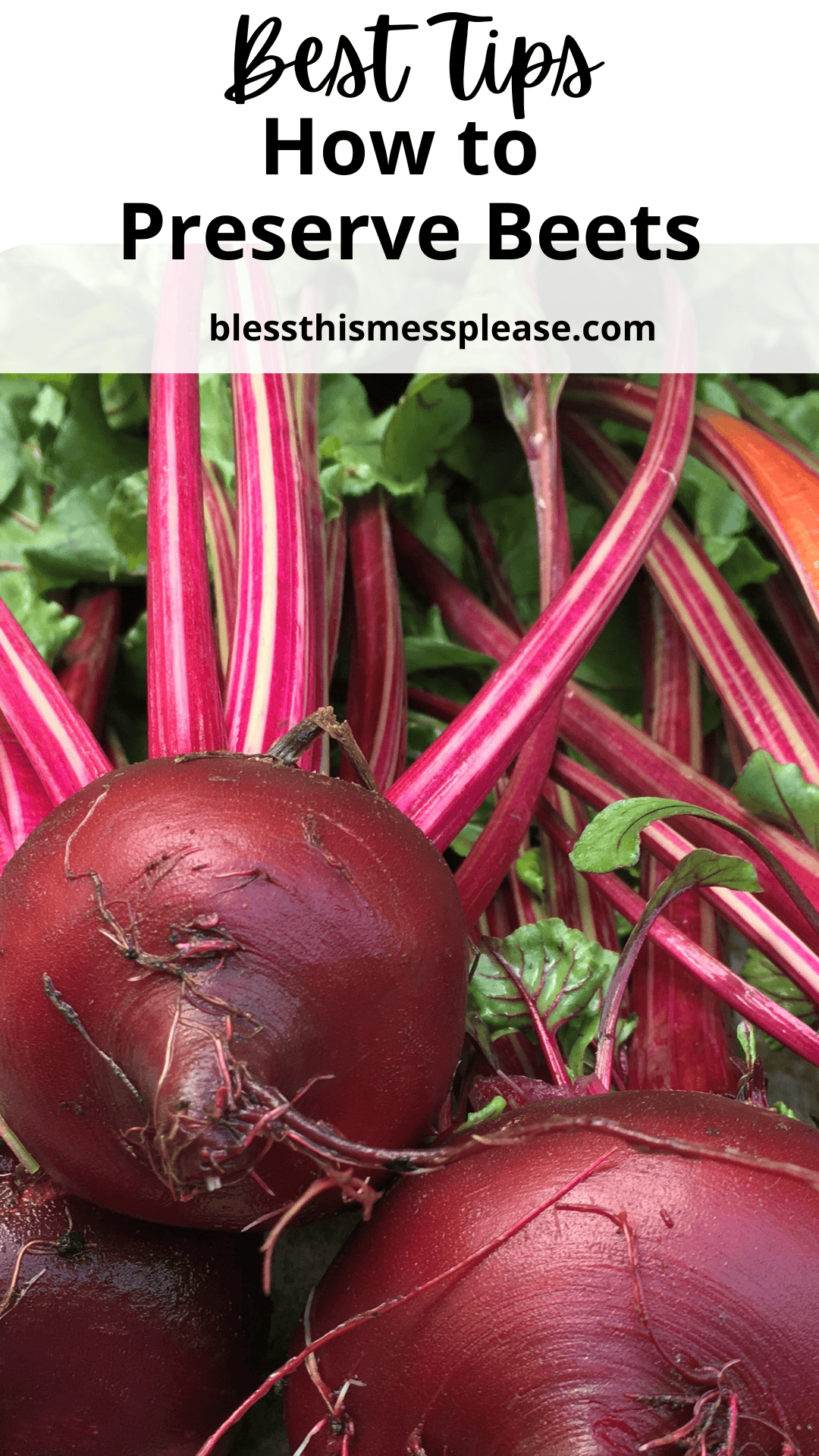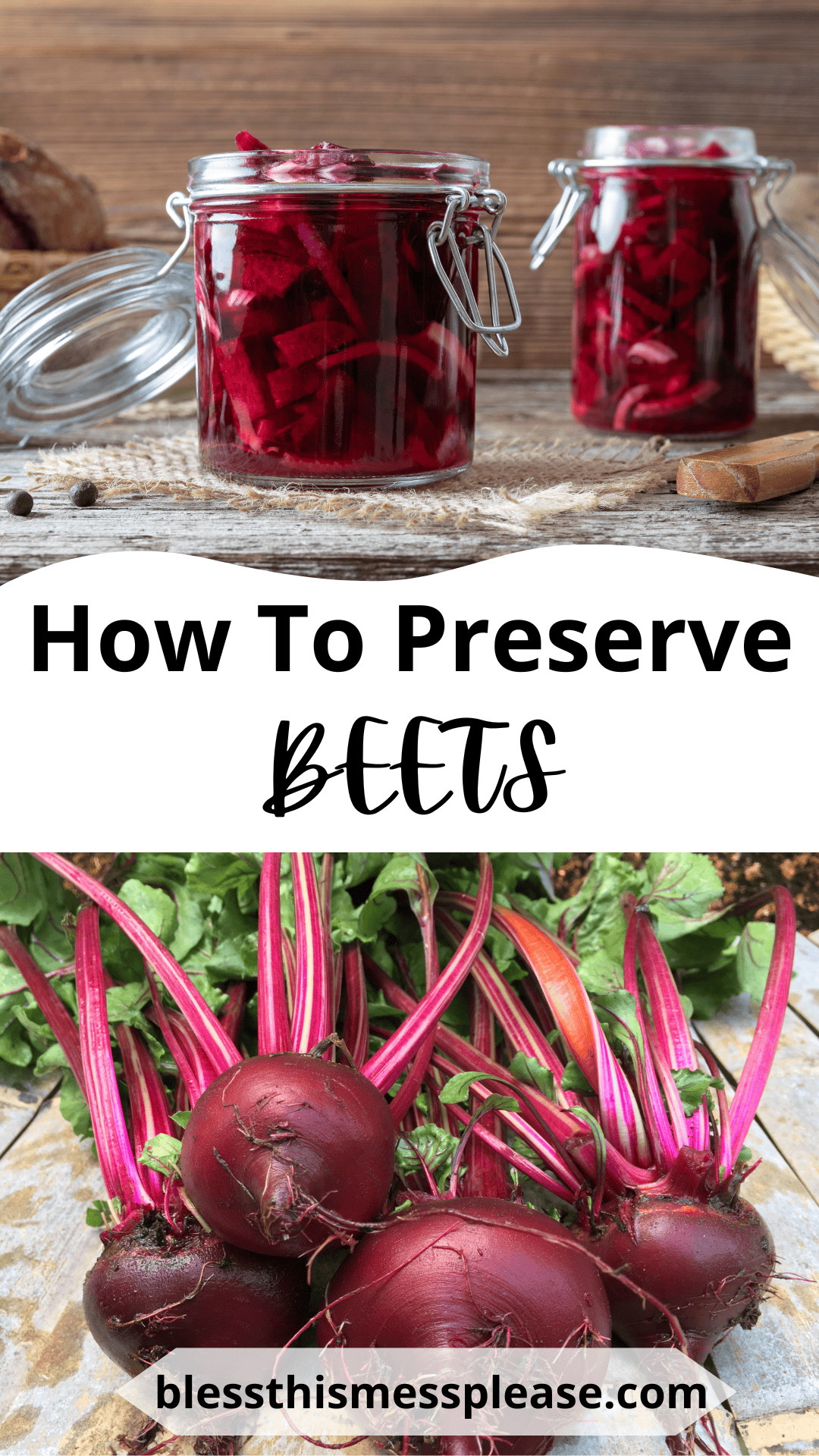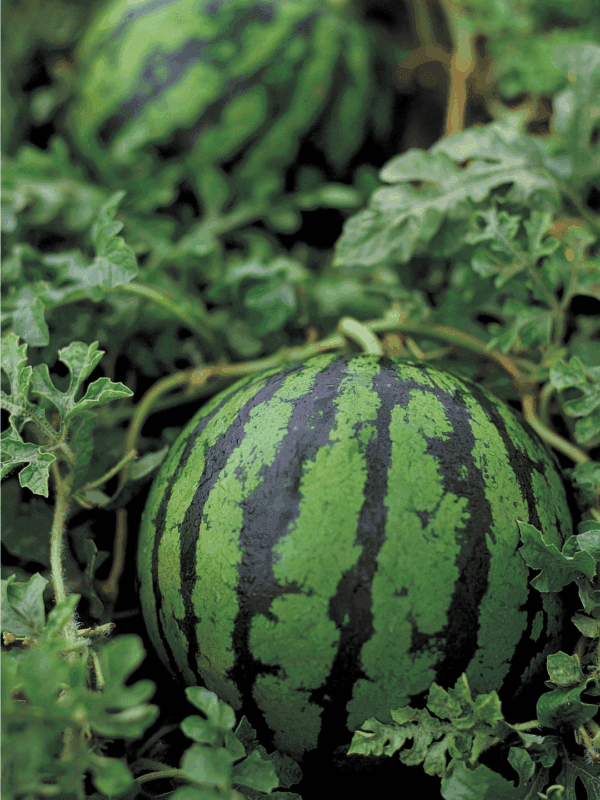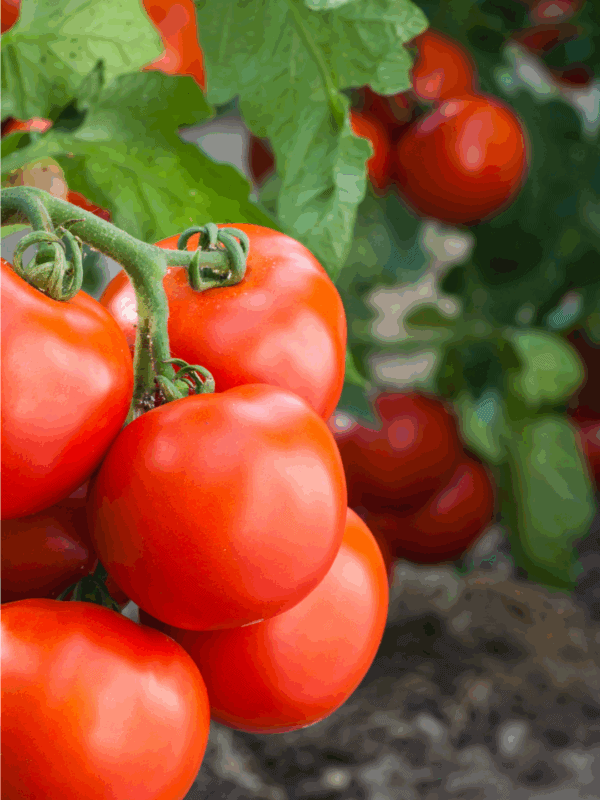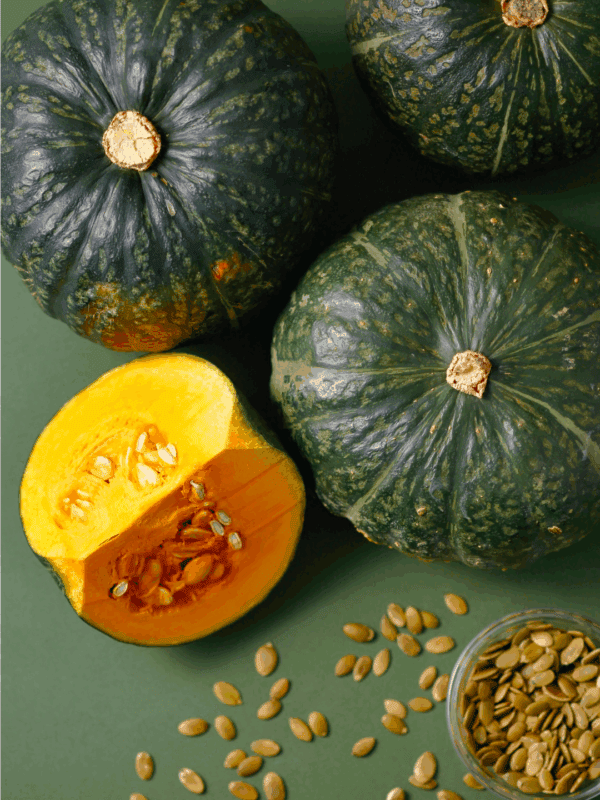This post may contain affiliate links. Please read our disclosure policy.
With just a few simple techniques for How to Preserve Beets, you can capture that garden-fresh flavor and nutritional goodness that makes this root vegetable so versatile! Home-preserved beets are so much more tasty than store-bought varieties and are a great asset for your home pantry.
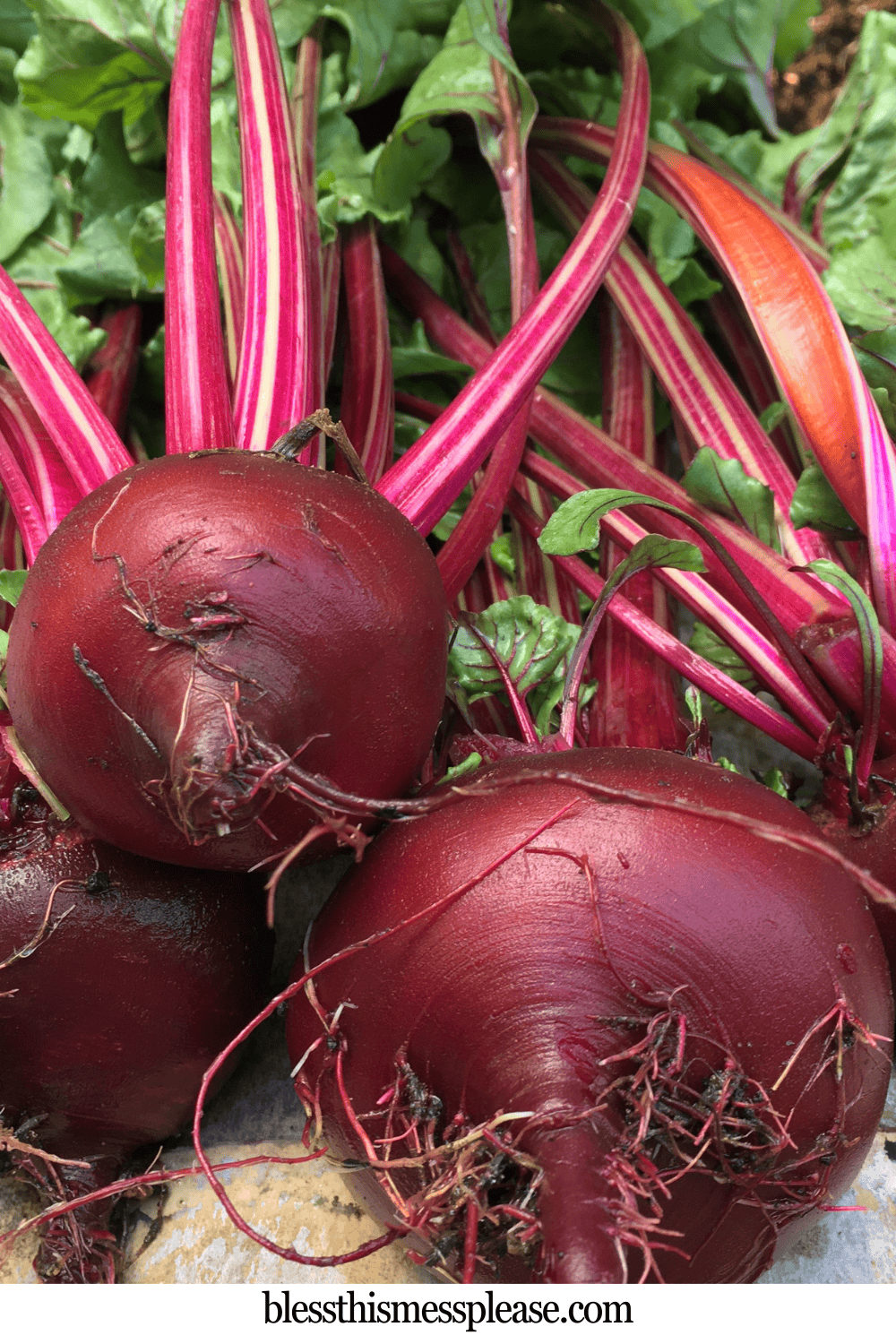
Preserving Guide: How To Preserve Beets
Learning how to preserve beets is a delightful kitchen skill that connects us to generations of resourceful cooks.
Whether you’re pickling them for vibrant salads, roasting and freezing them for hearty winter soups, or canning them for pantry-ready side dishes, preserved beets bring their earthy sweetness and stunning color to your table long after harvest season!
Table of Contents

When To Harvest Beets
Harvest when they are 1 to 1 1⁄2 inches in diameter. Beets larger than 3 inches will become woody.
How To Store
In the refrigerator
Dehydrating
- CUT: Steam or boil until cooked through (25-30 min). Cool, trim off roots and crowns, and peel. Cut into thin strips or slices about 1⁄4-inch thick.
- DEHYDRATOR: 10-12 hours
- APPEARANCE WHEN DRY: tough, brittle
Canning
QUANTITY: An average of 21 pounds (without tops) is needed per canner load of 7 quarts; an average of 13 ½ pounds is needed per canner load of 9 pints. A bushel (without tops) weighs 52 pounds and yields 15 to 20 quarts—an average of 3 pounds per quart.
PREPARE
- Trim off beet tops, leaving an inch of stem and roots to reduce bleeding of color.
- Scrub well.
- Cover with boiling water. Boil until skins slip off easily, about 15 to 25 minutes depending on size.
- Cool just enough to handle without burning yourself, then remove skins, and trim off stems and roots.
HOT PACK
*Note: The beets should remain warm or hot going into the jars.
- Leave baby beets whole. Cut medium or large beets into 1/2-inch cubes or slices. Halve or quarter very large slices.
- Add 1 teaspoon of salt per quart to the jar, if desired.
- Fill jars with hot beets and fresh hot water that has been brought to a boil first (not the water you used to boil the beets with), leaving 1-inch headspace.
- Adjust lids and process.
Process Time: Pints: 30 minutes Quarts: 35 minutes
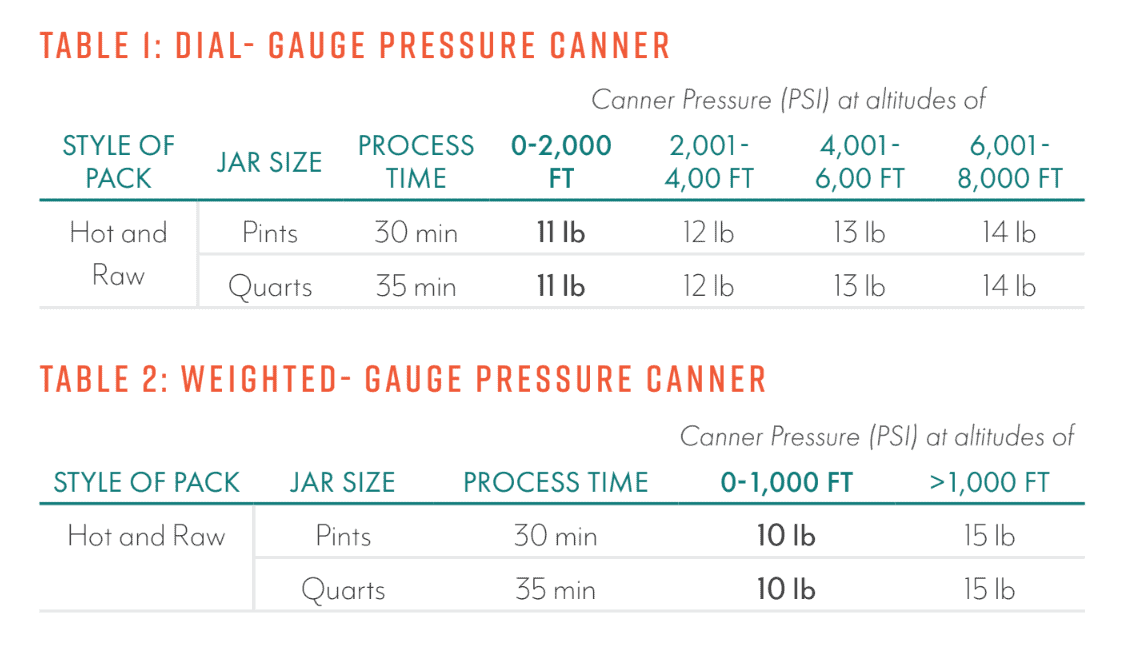
Freezing
- Select deep, uniformly-red, tender, young beets.
- Wash and sort according to size.
- Trim tops, leaving 1/2-inch of stems and tap root, to prevent bleeding of color during cooking.
- Cook in boiling water until tender — for small beets 25 to 30 minutes; for medium beets 45 to 50 minutes.
- Cool promptly in cold water.
- Peel, remove stem and tap root, and cut into slices or cubes.
- Package, leaving 1⁄2-inch headspace.
- Seal and freeze.
🍎🫙 Get a free Preserving Guide for all the details to dehydrate, can, and freeze 42 fruits and vegetables — get the FREE GUIDE here!
Expert Tips
- Refrigerator Pickled Beets: Use a 1:1 ratio of vinegar to water for a balanced flavor profile. Add whole spices like cloves, cinnamon sticks, and allspice berries for traditional pickled beet flavor. Cool completely before refrigerating and use within 3 months.
- Prevent Stains: For red-colored beets, you may want to wear gloves to prevent staining your hands during preparation. The color is so strong that it will stay on your hands for a couple of days, though it will fade!
- Use The Greens: Beet greens are nutritious and can be preserved by blanching and freezing like spinach. They’re wonderful additions to soups and stir-fries.
More Goodies From The Farm
Preserving Guide
How To Preserve Watermelon
Preserving Guide
How To Preserve Tomatoes
Preserving Guide
How To Preserve Sweet Potatoes
Preserving Guide
How To Preserve Winter Squash
Did you use any of these preserving tips? Leave a note below in the comments or share it on Instagram, Facebook, or Pinterest!

